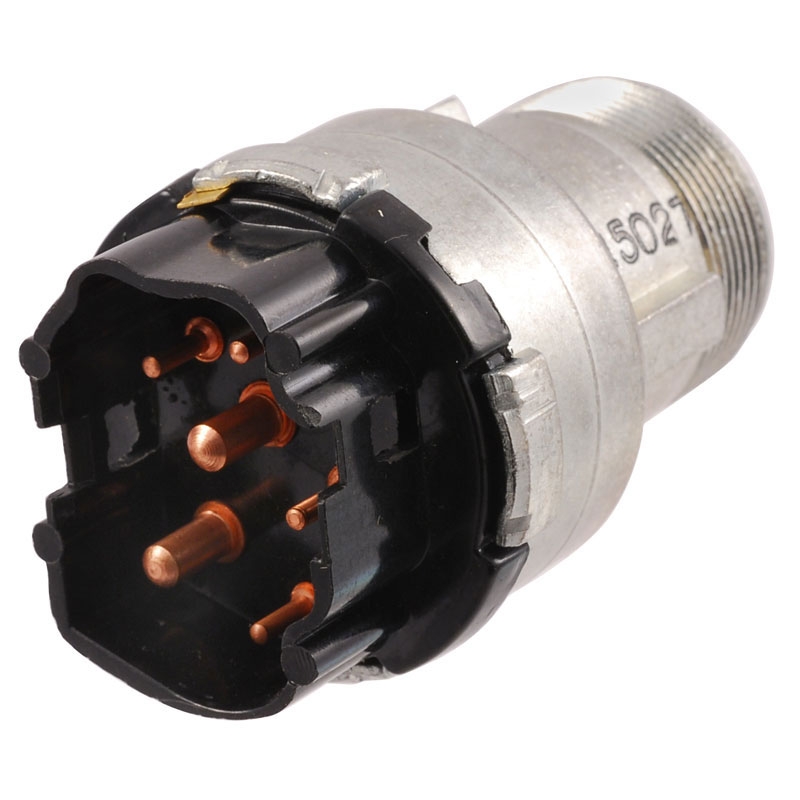- Dec 27, 2005
- 9
- 0
- 1
1970 351C, 4 speed.
Was a random occurrence previously. I could be rolling up to a stop light, put in the clutch, and it'd die. But then after a few seconds, it'd start again. Or I'd be driving along, and all of a sudden the alternator gauge would bury out to the positive. But now the car does nothing when I attempt to start. No starter engage/crank, no solenoid click, nothing. AFAIK there is no clutch/neutral safety switch, and I've owned the car 40+ years.
The battery is new/good. When I open the door, turn on the lights, turn the key to "start" position, basically engage anything electric, the alternator gauge bottoms out to the negative side. Haven't tried jumping the solenoid yet to see if it cranks then. Have had some other issues, such as my horn & hazard lights blew a fuse, so I think I may have a short somewhere in the steering column. (When I replaced the fuse, the flashers worked - but when I wiggled the steering wheel into the "lock" position, it blew the fuse again). The last time I drove the car - about 4 weeks ago - it happened but restarted, but the alternator gauge bottomed out on the high side (charging) for the entire drive.
Any thoughts greatly appreciated.
Hank
Was a random occurrence previously. I could be rolling up to a stop light, put in the clutch, and it'd die. But then after a few seconds, it'd start again. Or I'd be driving along, and all of a sudden the alternator gauge would bury out to the positive. But now the car does nothing when I attempt to start. No starter engage/crank, no solenoid click, nothing. AFAIK there is no clutch/neutral safety switch, and I've owned the car 40+ years.
The battery is new/good. When I open the door, turn on the lights, turn the key to "start" position, basically engage anything electric, the alternator gauge bottoms out to the negative side. Haven't tried jumping the solenoid yet to see if it cranks then. Have had some other issues, such as my horn & hazard lights blew a fuse, so I think I may have a short somewhere in the steering column. (When I replaced the fuse, the flashers worked - but when I wiggled the steering wheel into the "lock" position, it blew the fuse again). The last time I drove the car - about 4 weeks ago - it happened but restarted, but the alternator gauge bottomed out on the high side (charging) for the entire drive.
Any thoughts greatly appreciated.
Hank


